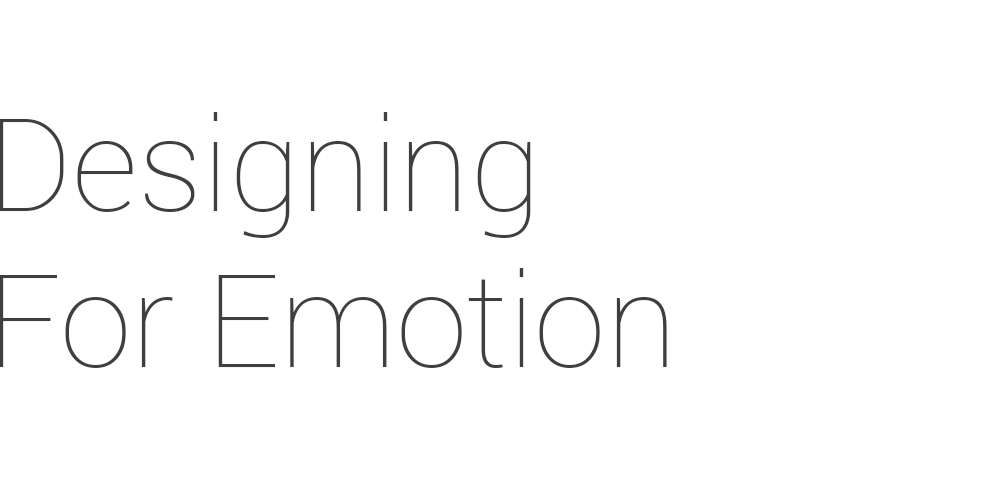
What is it that makes us advocates of the products we love? Why are we loyal to a few bunch of apps and websites? When I connected the dots, I realised that all the things I love in my life has one thing in common – emotional attachment.
What is emotional design?
Emotional design is a technique of infusing the elements of emotion into product design. It aims to evoke positive emotions and engagement with consumers.
But before we dive deep, we need to understand where emotional design sits in the ecosystem.

One thing I learnt from my experience was – a product needs to be useful first, then usable and finally delightful. The elements of emotion sits in the delightful phase of product design. There is no point trying to make an emotional connection, when the product doesn’t solve any problem, or lacks basic functionality. A beautiful curved teapot will have no value, if its lid fell-off while pouring tea.
The elements of emotional design
We generally focus on larger and more obvious things while designing, like functions, colours, navigation, images etc. But what makes a difference – are the small things, the finer details that trigger an emotional response. Let’s look at how it works. Emotional design can be achieved by using the following techniques:
01. Humour
Humour is the best medicine. Everyone likes a laugh. Carefully using humour to convey a message is the easiest way of communication.

Bose used numerous print ads like this for their noise cancelling headphones
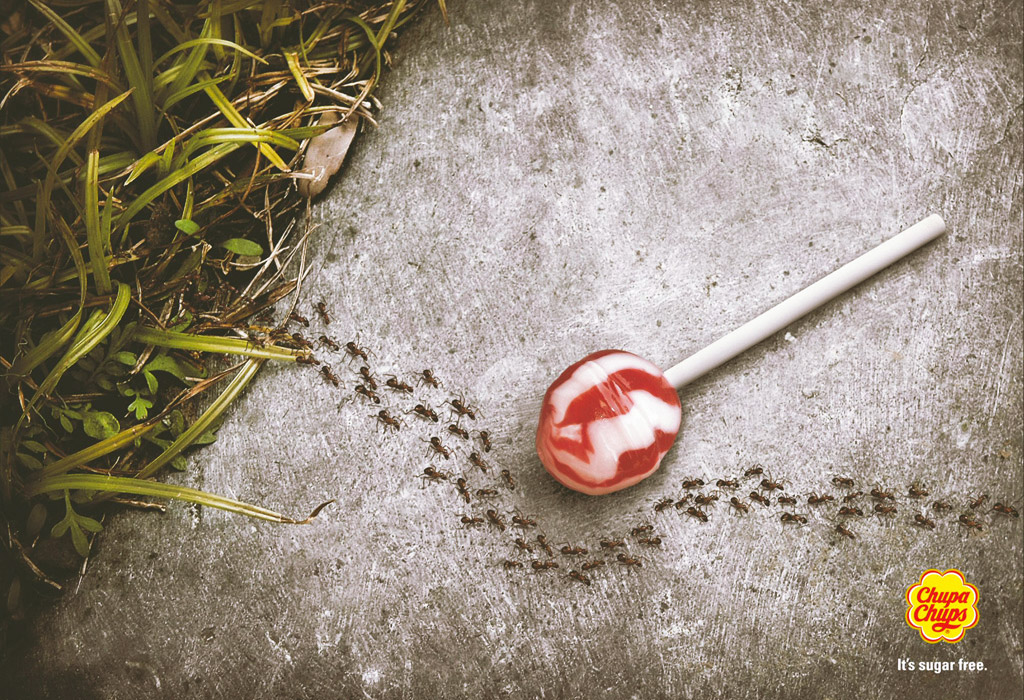
Another brilliant ad by Chupa Chups for their sugar-free lolly range

MailChimp uses humour in a great way to keep the users entertained
02. Personalisation
Another emotional strategy is personalisation. I love when something responds to me without my having to disclose personal information. I love it when I can relate products to real-life things.

Google automatically detects my IP and gives me an option to translate the text to my local language
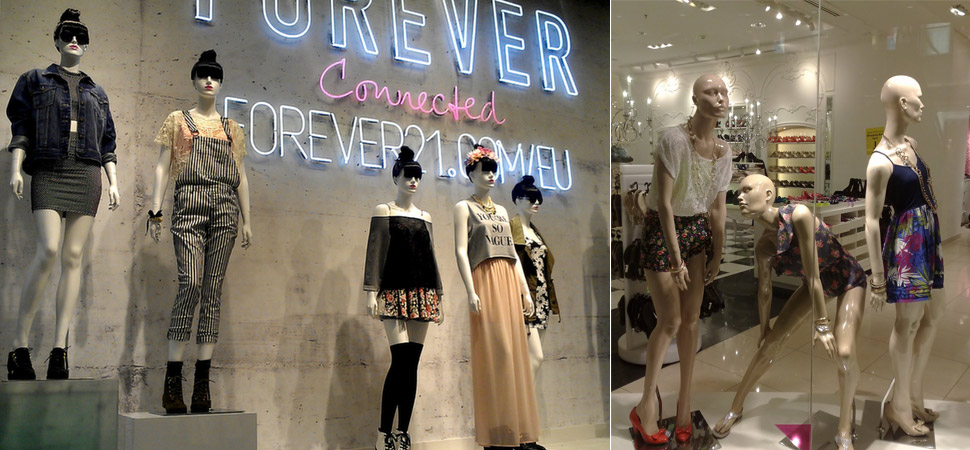
One can relate better with Forever New’s human-like mannequins vs. plain old others
03. Intonation
A very important part of communication I find is – Intonation. Using an appropriate tone of voice can make your messaging far more positive and engaging.
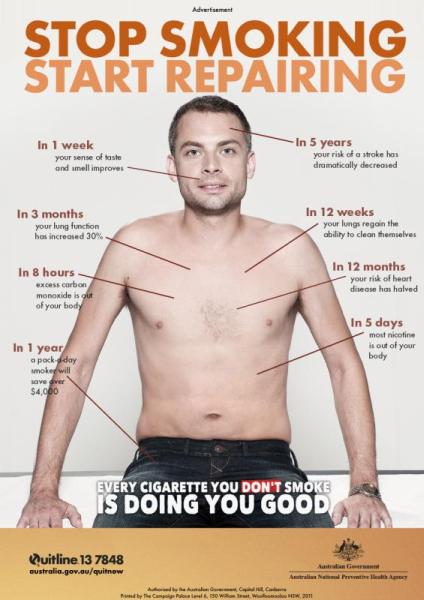
One of the best Quit Smoking ad I’ve seen which focuses only on the positive aspects of quitting instead of showing mouth ulcers and blocked lungs
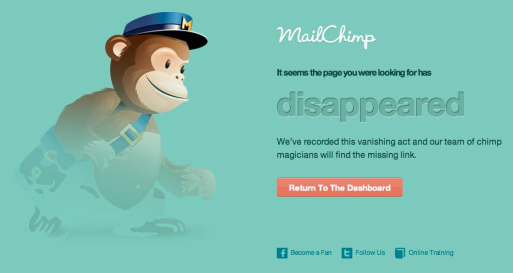
MailChimp’s funny and friendly way of displaying 404 error pages
04. Passion
Passion is essential. It shows your spirit, respect and love for what you do. And there is no better way of expressing it like what UCB and Nike does.
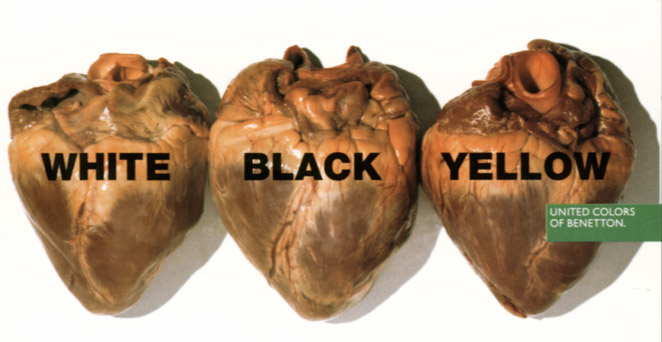
United Colors Of Benetton nails it when it comes to show what they value and are passionate about
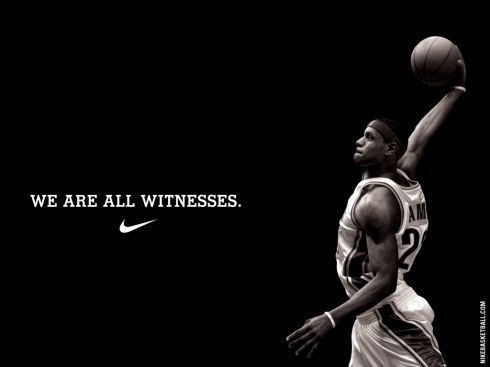
Nike is passionate about the true spirit of sportsmanship; and they show it in their ads instead of showing what technology they used in making their shoes
05. Surprise and anticipation
This is nothing new. We, humans are wired to like surprises. We wait eagerly for new things, just as hundreds of people waited outside Apple stores for the new iPhone.
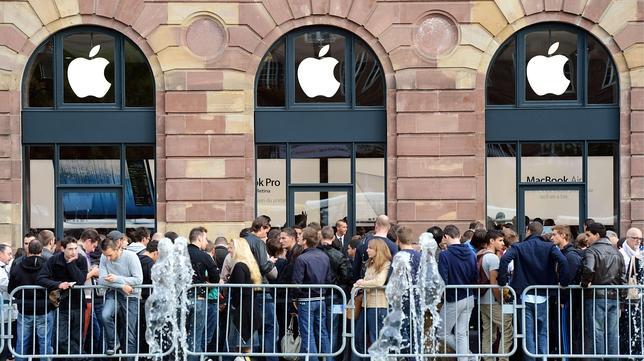
Hundreds wait to buy the new Apple iPhone 5
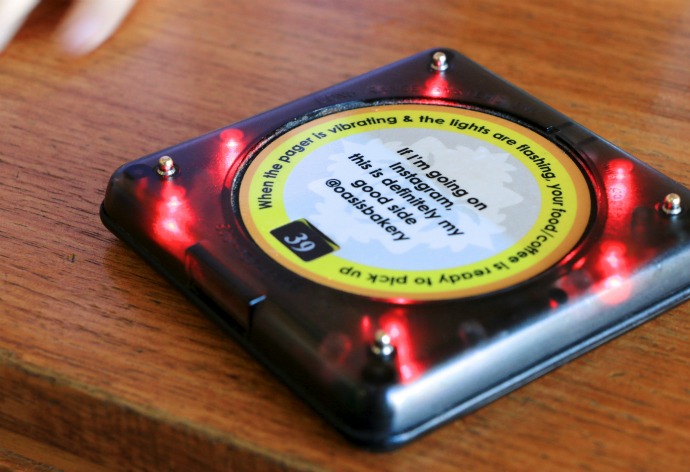
Oasis Bakery gives you a buzzer which rings when your food is ready. Now I can relax on my chair and wait for the buzz
06. Easter eggs
Google has been doing this for a while now. I love it when I find hidden things. It gives me joy to see something totally unexpected.
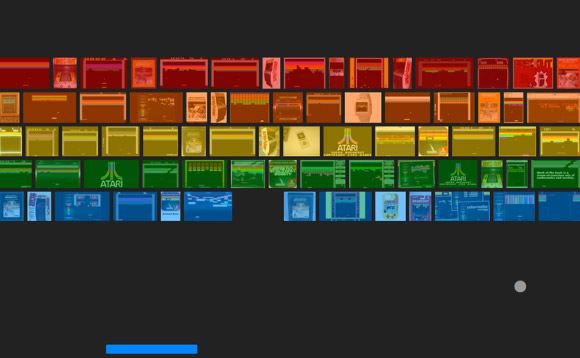
Google’s Atari breakout – turns your good old boring image search into a classic game
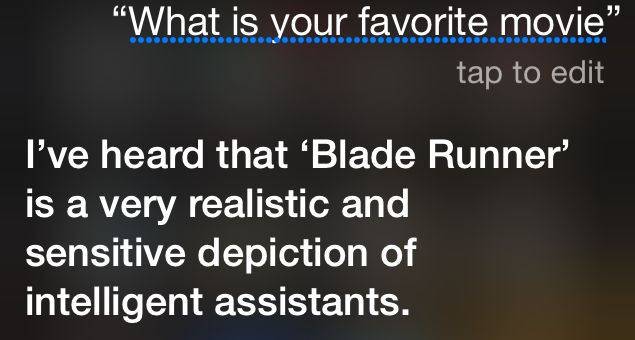
How Siri feels about the movie ‘Blade Runner’
07. Telling a story
Storytelling is older than my grandma and we all know it works. It grips attention and keeps you engaged.
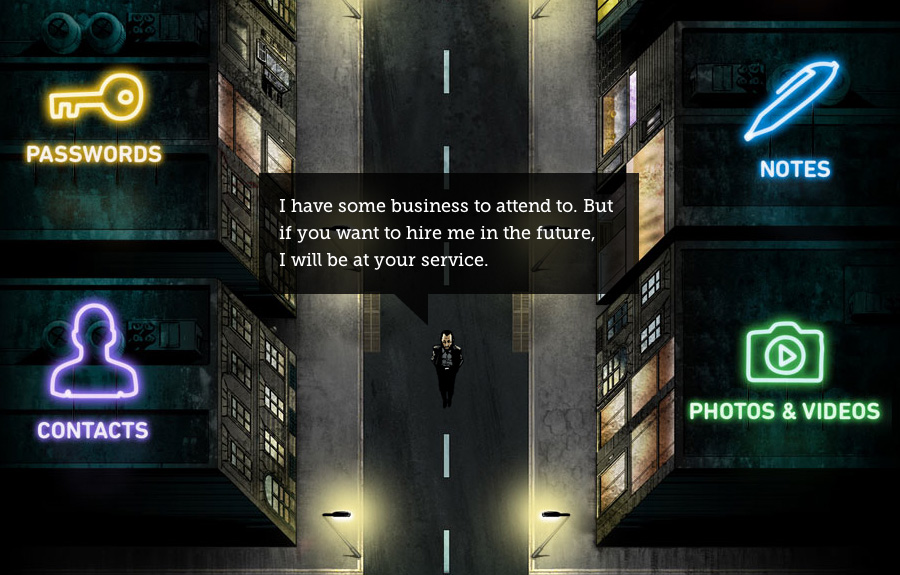
Ben The Bodyguard – promotes its features by story telling
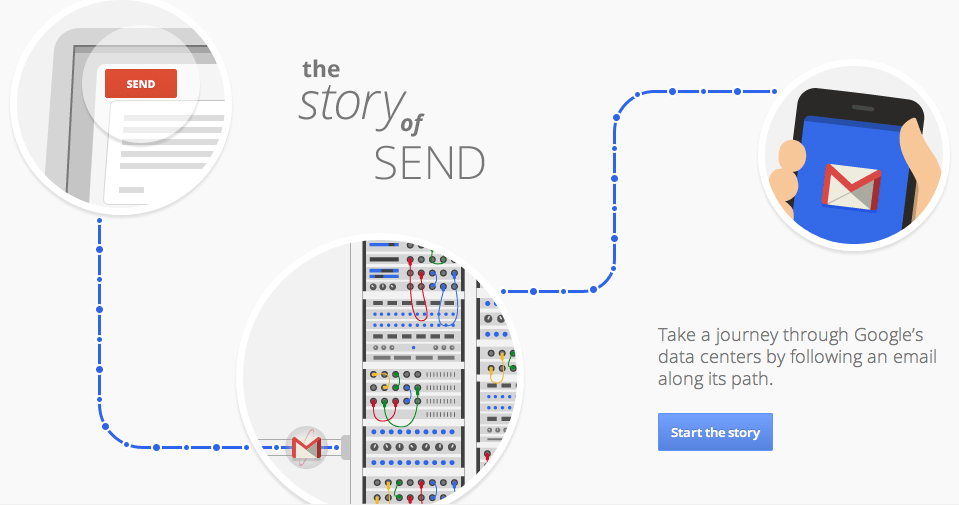
Story Of Send – by Google, shows and amazing interactive journey of how wmails are sent via their servers
08. Making the experience fun
A bit of fun is always exciting. It soothes your mind and lets you enjoy freely.

Entertainment – Garduno’s restaurant in New Mexico lure their customers through music and a bit of fun

Recently I was served this coffee at a local coffee shop! It’s nothing new, but definitely brought a smile on my face
09. Using reward system
Another great emotional element is – reward. Rewards make us feel proud and happy for our achievements. Numerous brands use reward-system as an incentive to promote their presence.
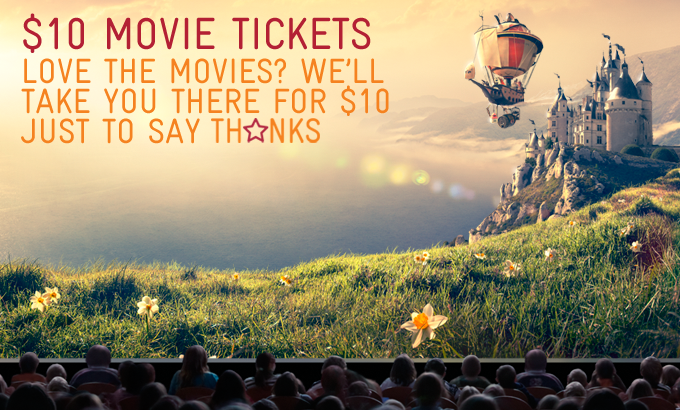
Telstra’s member exclusive $10 movie tickets
Great incentive – The Iconic offers a chance to win $1000 for participating in their contest

Surprise reward – Hoyts Cinemas awards a FREE movie ticket on your B’day! What else can you ask for…
A bit of theory
Whether we realise or not, emotion plays a very important role in our daily lives. We make many decisions based on our emotions and are wired to search for patterns from our past experiences.
How is that? When we recognise familiar patterns around us, our brain produces a pleasure inducing neurochemical – Dopamine. When we act on these patterns successfully, we get an extra boost of this pleasing chemical, making us feel happy about what we did. And over time, this ‘happy’ feeling registers a pattern in our sub-conscious mind and help us in deciding what’s good and what’s not.
